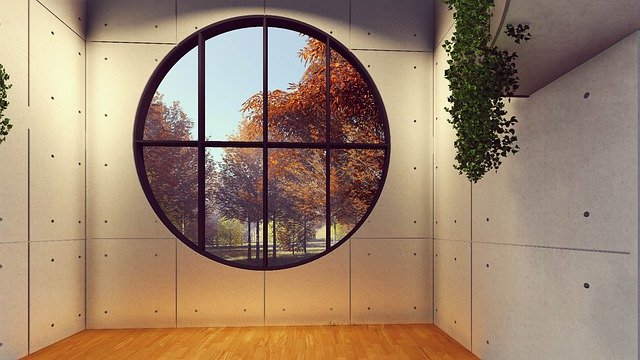A 3D printer is being used to build a house in Italy, and while the method is not entirely new, the material being used in its construction is: locally sourced clay.
Mario Cucinella, head of his eponymous architectural firm based in Italy, designed this prototypical structure, which is being erected near Bologna and is the first 3D home completely comprised of natural materials. The house is not overly large, consisting of a living room, bedroom and bathroom, but it is recyclable and biodegradable. It is also one more hint that 3D printing can help address Earth’s staggering housing problem.
As of 2019, 150 million people around the globe — i.e., two percent of the world’s population — were homeless. And 1.6 billion people, or 20 percent of the world’s population, lack adequate housing. The shortage is so acute that fully addressing it will likely involve building 100,000 new houses every day for the next 15 years, according to the United Nations.
Building 3D dwellings could, at least, be part of the solution, in that they are inexpensive, sustainable and easy to erect. And Cucinella’s creation is the latest step in this housing trend, which has gathered momentum in recent years. The clay of which it is composed is extruded through a pipe and set by a 3D printer known as a Crane WASP, which according to artists’ renderings results in a layered, conical look.
Construction began in the fall of 2019, and before the coronavirus pandemic was expected to be completed in early 2020.
Prior to this, concrete was the most commonly used material in 3D-printed buildings. That was true when a house was built in China in 2016, and when an office building was erected in Dubai that same year. It was true in Russia in 2017, the U.S. (specifically Texas) in 2018, Mexico in 2019 and the Czech Republic in 2020.
There were two exceptions. One was a rudimentary structure made of clay and straw in Italy in 2016, the other a tiny cabin made of bioplastic in The Netherlands in 2016. The latter was designed specifically to be used as a temporary dwelling in areas where natural disasters occur.
Certainly that’s possible with some of the other 3D dwellings as well. Those built in Russia and the U.S. were, for instance, erected in a single day. But the more common usage is expected to be as permanent dwellings for those living in areas where there is a dearth of suitable housing.
Consider the technology startup Icon and the housing nonprofit New Story, which built the aforementioned house in Texas. They are also the ones who in 2019 began construction on a village that will eventually consist of 50 such structures in Mexico, in an area of that nation where the median monthly income is $76.50. The idea is to offer these houses, which sell for $4,000 in developing countries, for $20 a month over seven years. The remaining cost will be covered by subsidies from New Story and private donations.
Icon and New Story are also planning villages elsewhere in Mexico, as well as in such nations as Haiti and El Salvador.
The world’s housing problem, daunting as it is, will not be solved by any single method, but 3D printing offers a partial solution.
